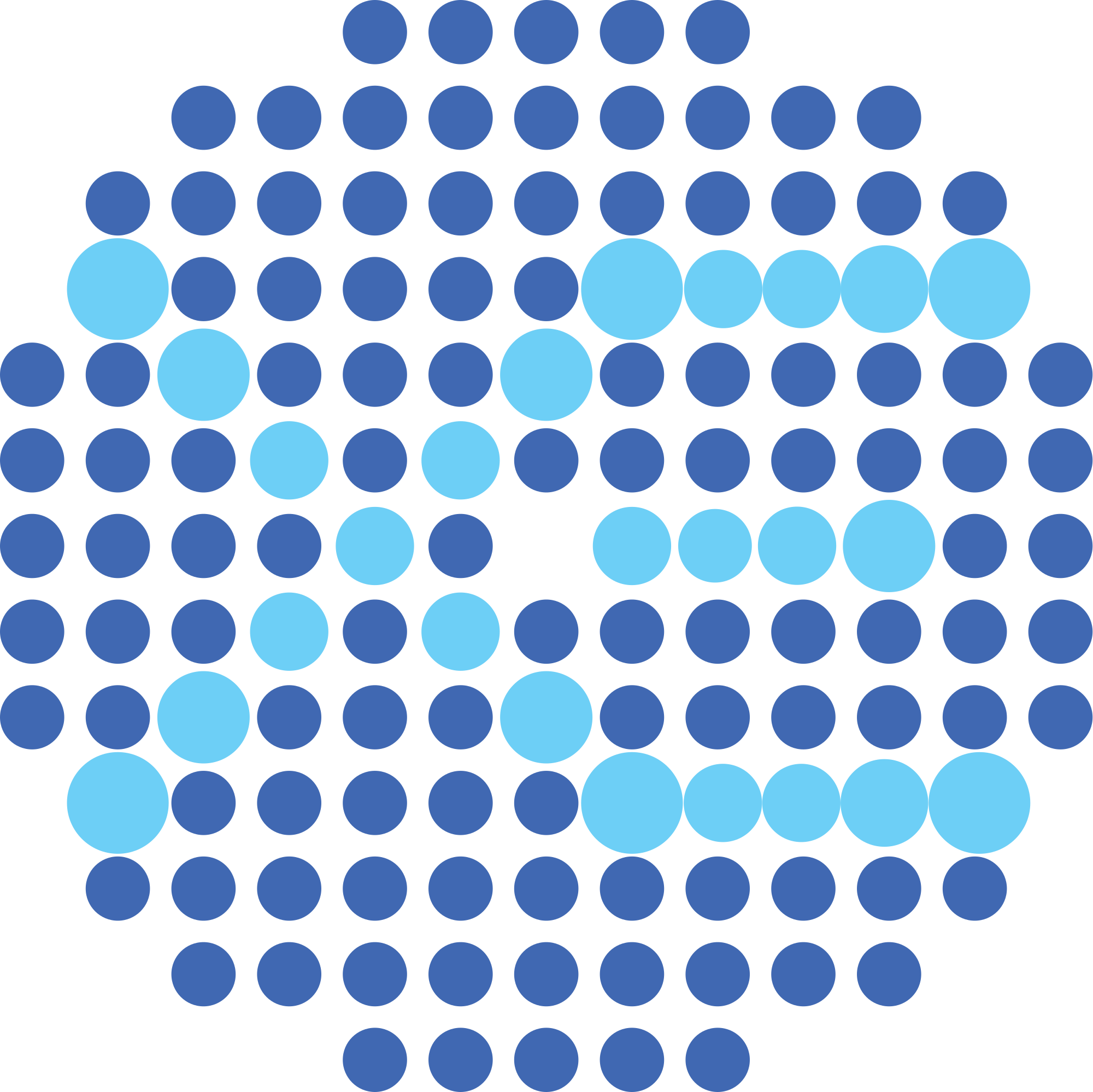Light Dark Matter Search Results from XENON1T
XENON1T recently released a preprint with new world-leading constraints on light dark matter particles. The challenge of light dark matter The XENON1T detector aims find the signals of dark matter bouncing off xenon atoms. If such a collision happens, it produces two signals: a small light flash (S1), and a cloud of free electrons that […]
Modeling and statistical analysis of the XENON1T data
On May 31st 2018, XENON1T released the result of a search for dark matter interacting with xenon atoms using an exposure of 1 tonne-year. Papers presenting the scientific results are written to be brief, and communicate the most important information to the scientific community. Therefore, many details of the instrument, reconstruction of events and analysis […]
Constraining the spin-dependent WIMP-nucleon interaction with XENON1T
Since we don’t know how dark matter interacts with more familiar particles, we have to break up our search for weakly interacting massive particles (WIMPs) in terms of their possible interactions with xenon nuclei. While many complex interactions are possible, we generally start with two simple cases: WIMP-nucleus interactions that don’t depend on the nuclear […]
XENON1T at Lake Louise
Physics meets winter sports at the Lake Louise Winter Institute, a particle physics conference held annually in the beautiful Canadian Rockies. On February 12, 2019, Evan Shockley from University of Chicago presented at the conference on behalf of the XENON collaboration. The talk focused on the latest, world-leading WIMP results, and included a status update […]
Outline the XENONnT Computing Scheme at the 2nd Rucio Community Workshop in Oslo
Oslo welcomed all 66 participants of the second Rucio Community Workshop with pleasant weather and a venue which offered an astonishing view about the capital of Norway. The opensource and contribution model of the Rucio data management tool captures more and more attention from numerous fields. Therefore, 21 communities reported this year about the implementation […]
XENONnT talk at Sendai, Japan
On March 8, 2019, Shigetaka Moriyama presented the status of the XENONnT experiment at the international symposium on “Revealing the history of the Universe with underground particle and nuclear research” in Sendai, Japan. The symposium is held by a Japanese research community working on underground experiments and developing low background techniques. Its members are interested […]
Observing the Rarest Decay Process Ever Measured
[Press Release April 2019 – for immediate release. Paper published in Nature and preprint on the arxiv.] The universe is almost 14 billion years old. An inconceivable length of time by human standards – yet compared to some physical processes, it is but a moment. There are radioactive nuclei that wdecay on much longer time […]
On the way to XENONnT
The XENONnT dual-phase xenon TPC requires two regions with different electric fields to drift, extract, and accelerate the small number of ionization electrons that are created by a possible dark matter interaction with xenon nuclei. These fields will be created with a total of five electrodes that are biased at constant electric potentials from top […]
XENON on skis
XENON was present at the ALPS conference in Austria. Chiara Capelli from University of Zurich gave a talk on behalf of the XENON collaboration. The talk focused on the latest XENON1T results on spin-independent and spin-dependent WIMPs, and on the newest results on two-neutrinos double electron capture, with a final status on the XENONnT upgrade. […]
XENON1T talk at Low Radioactivity Technique 2019
Our latest XENON1T paper on details of our analysis was presented at the Low Radioactivity Techniques, a conference focused on low background experiments. In the talk (that you can find here), the response model of the detector, the challenges of background modeling, as well as the used techniques were described. In a low background experiment […]
